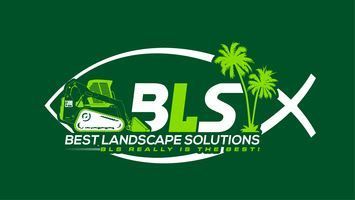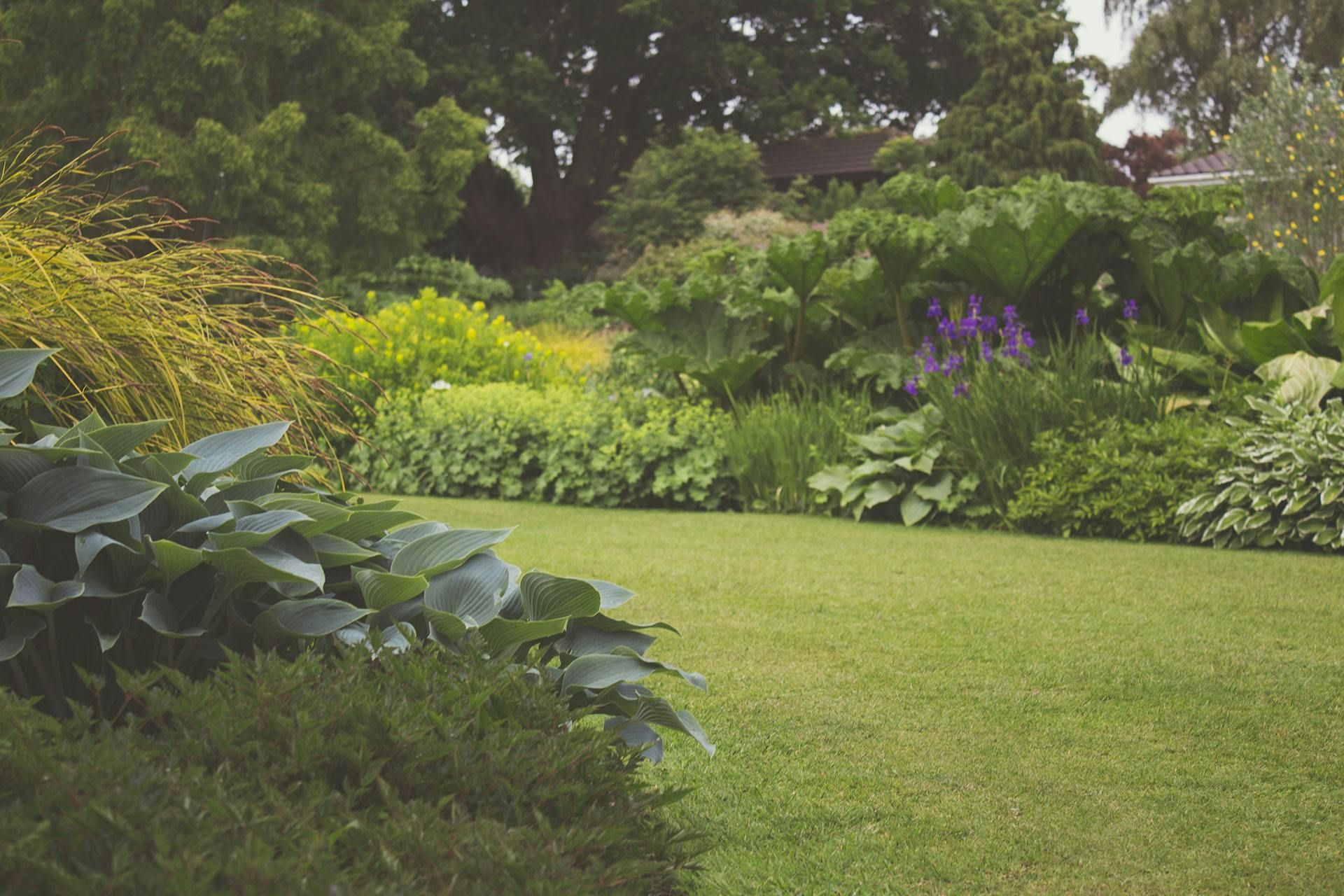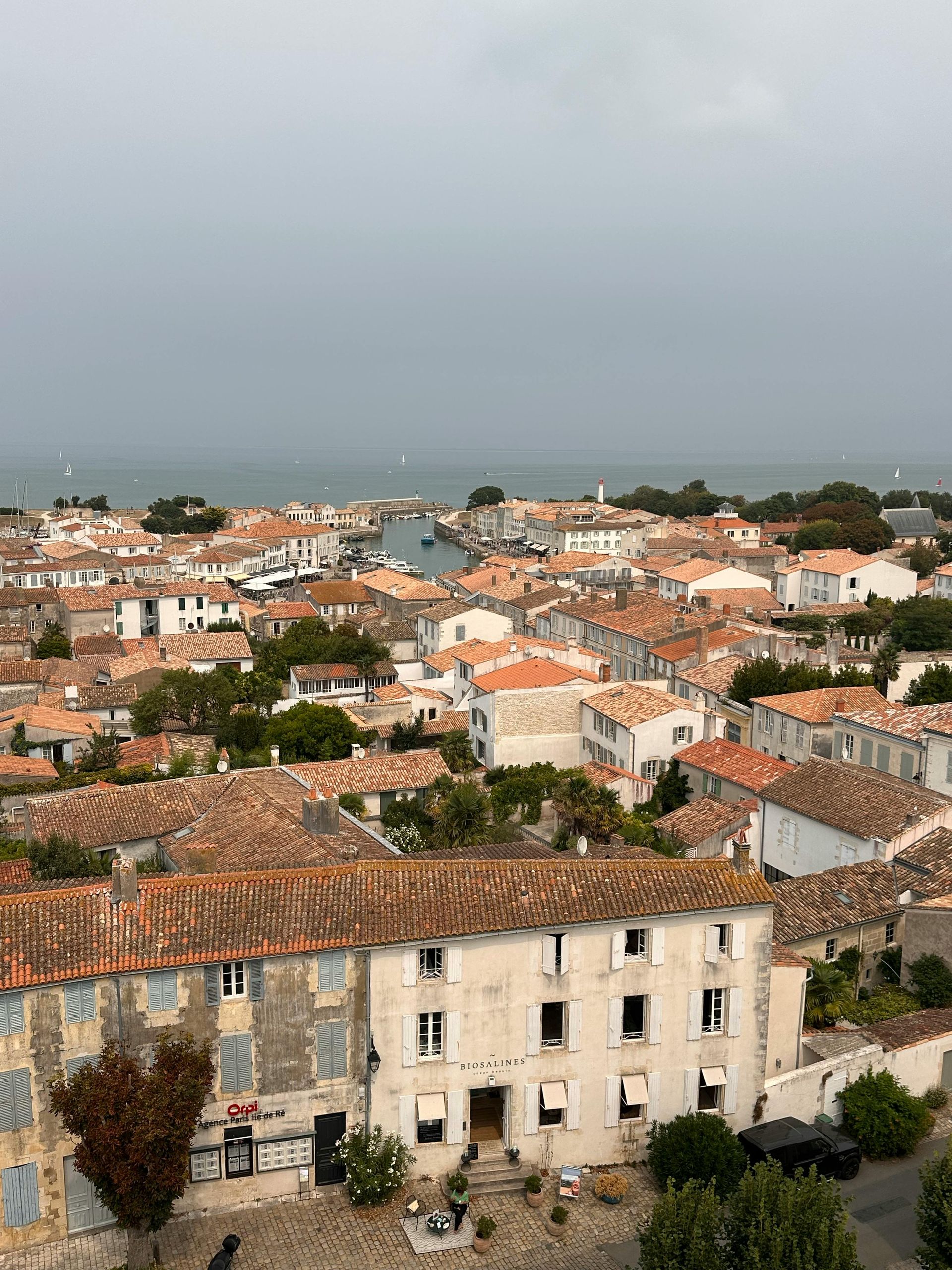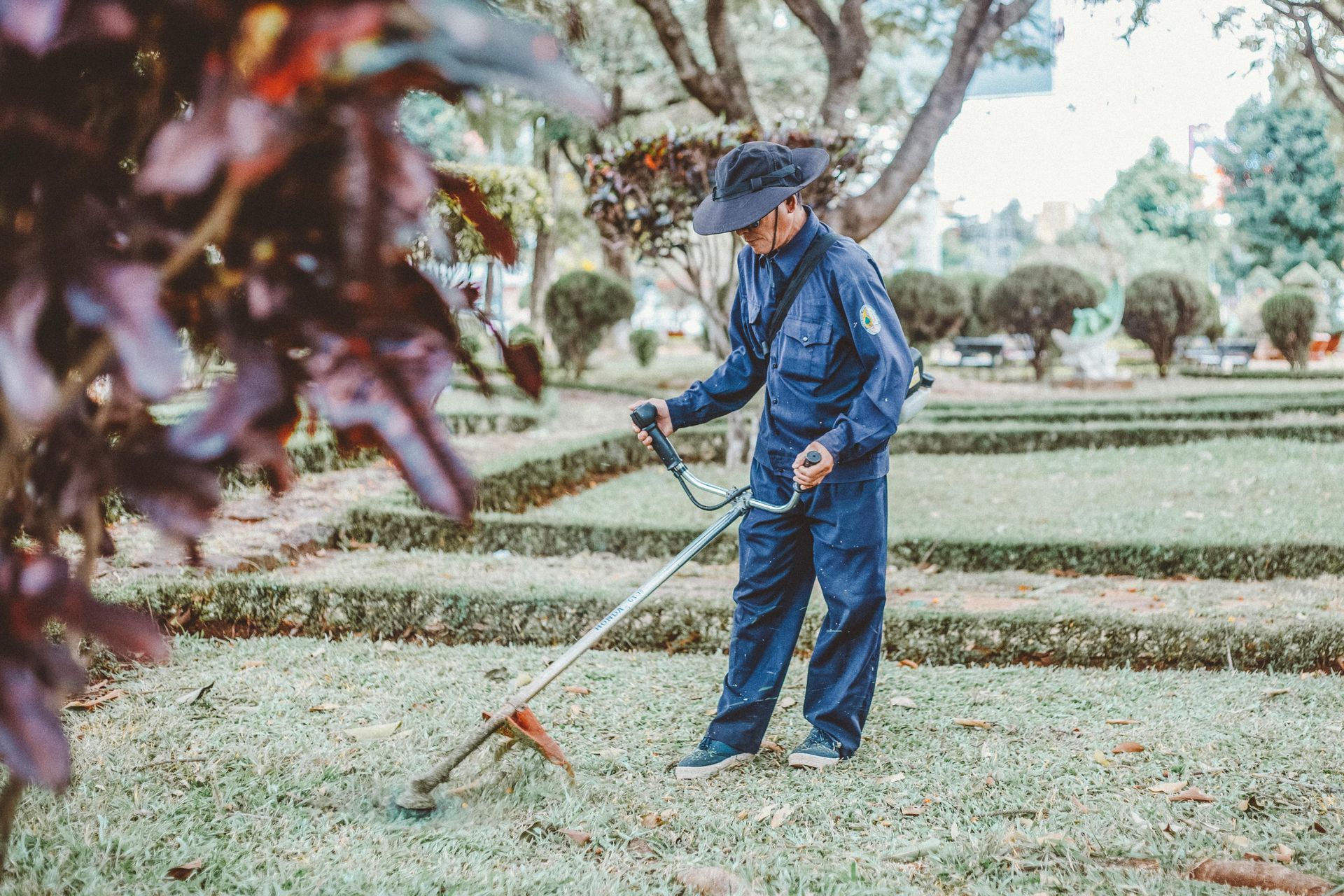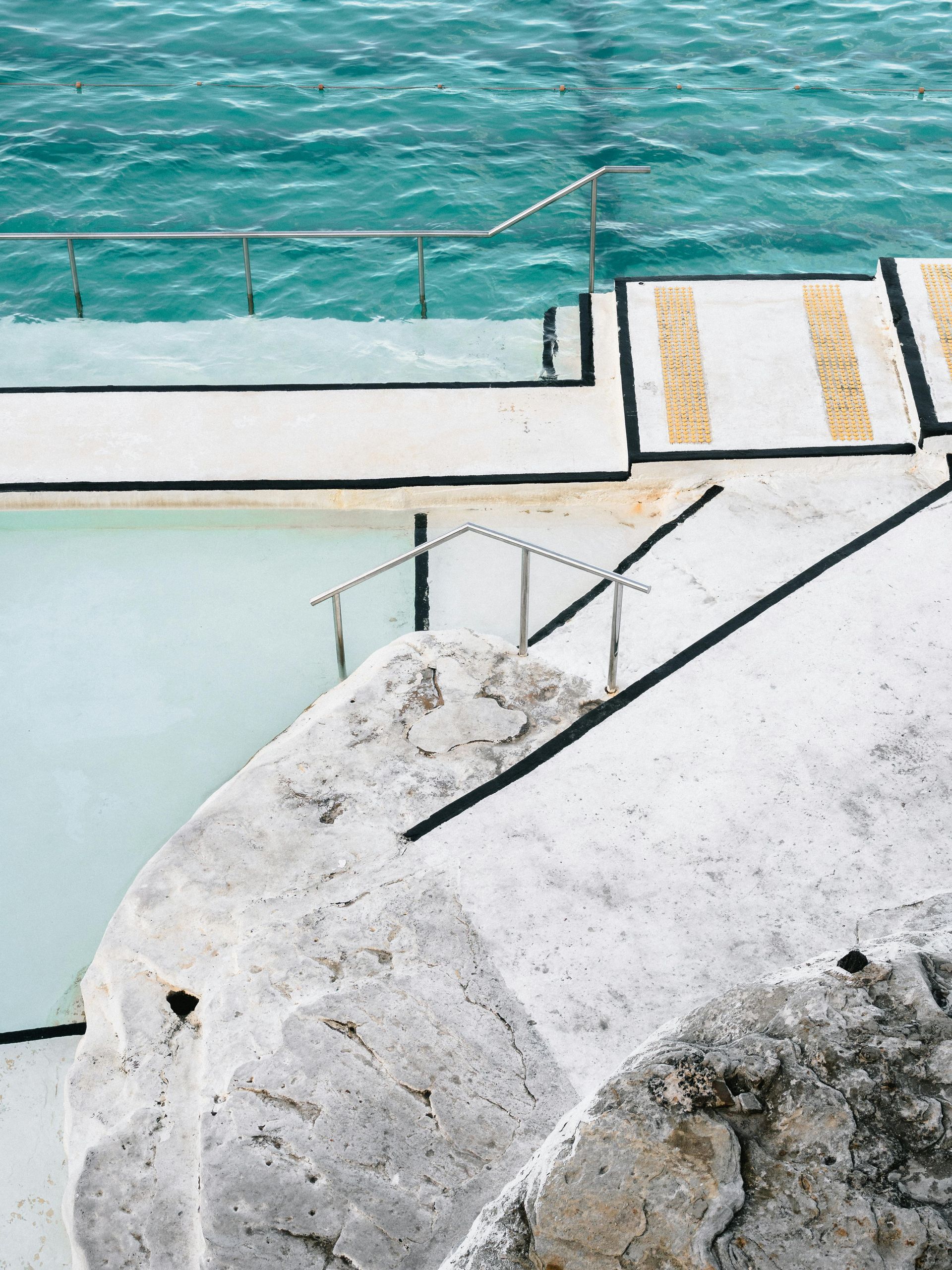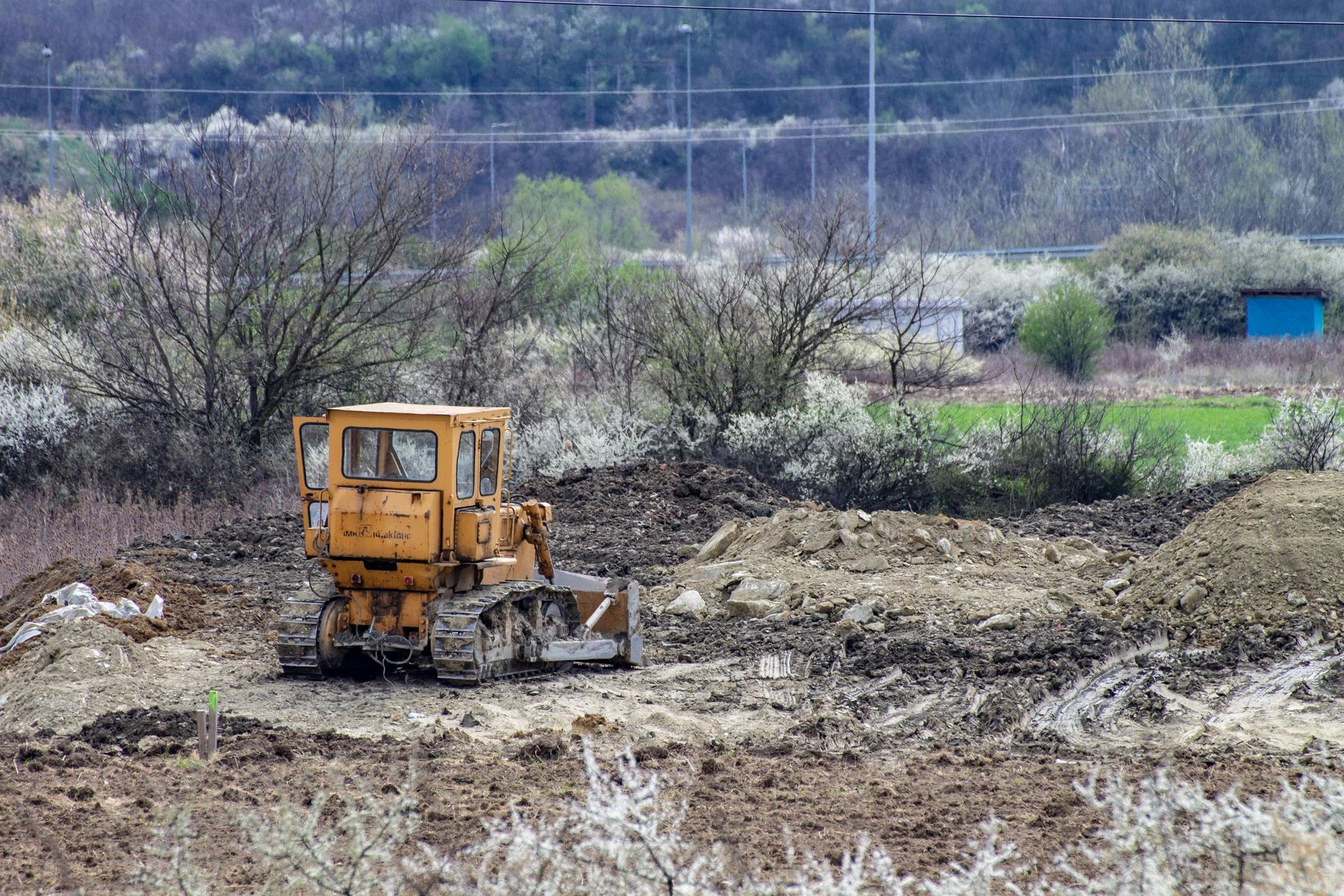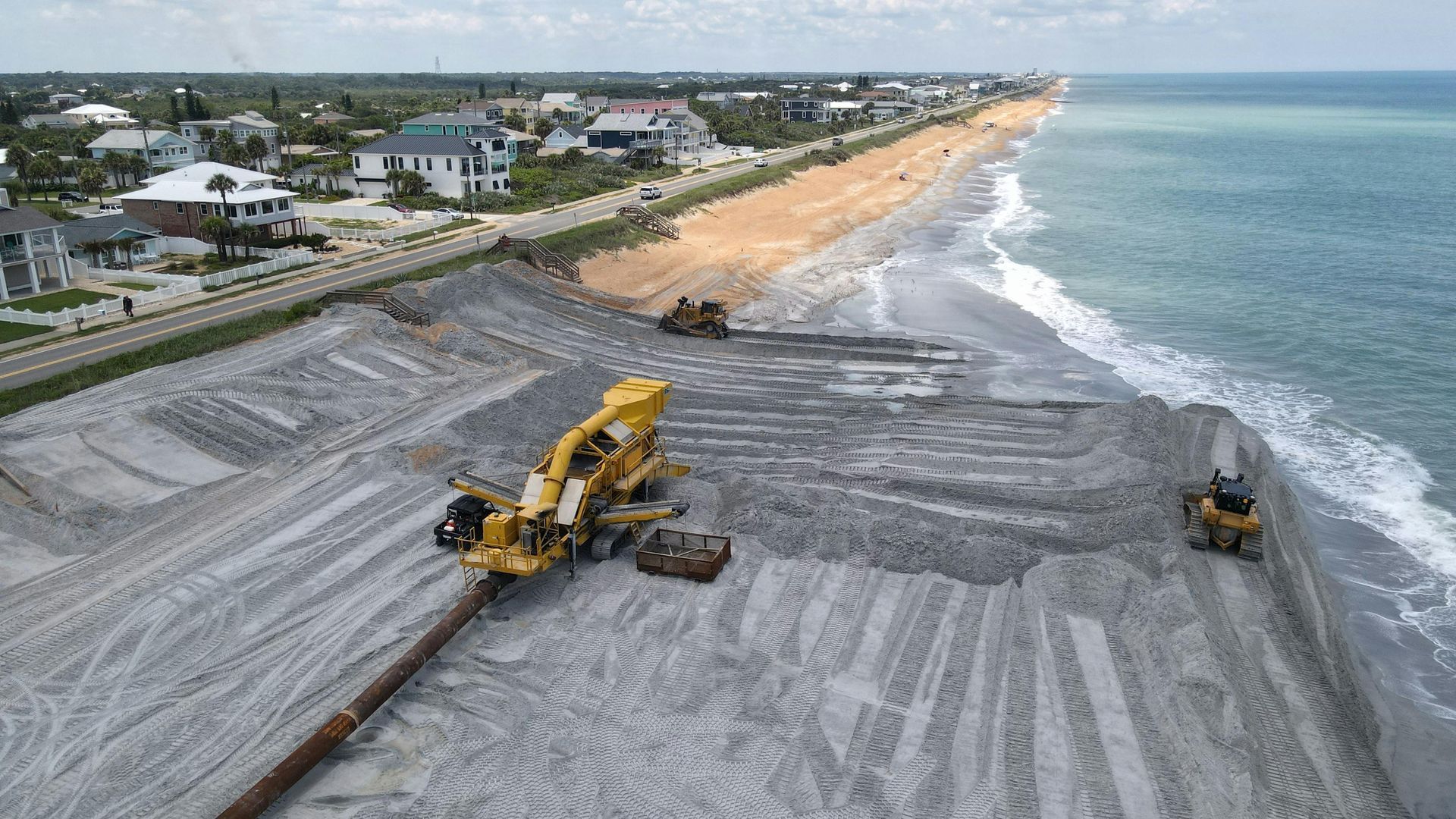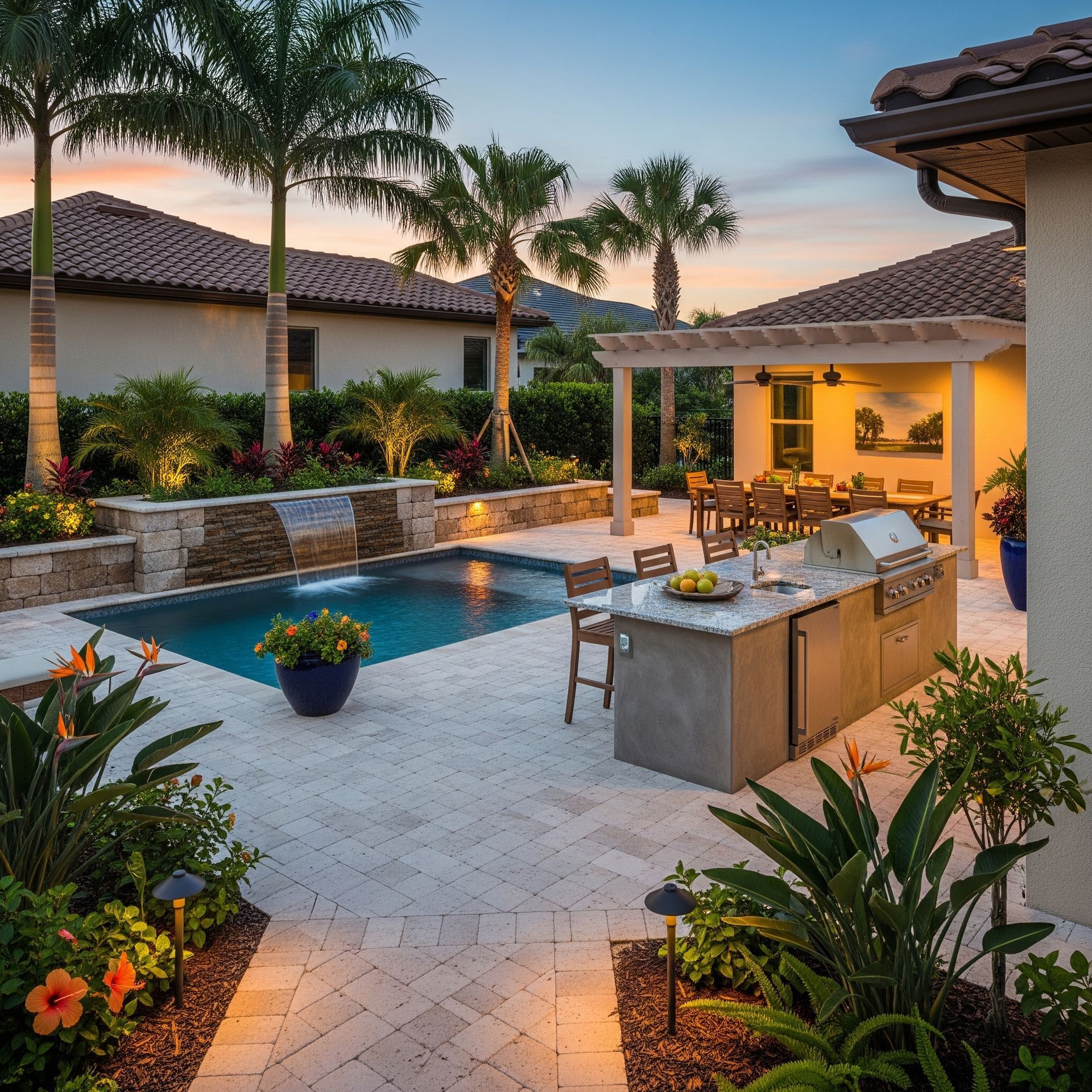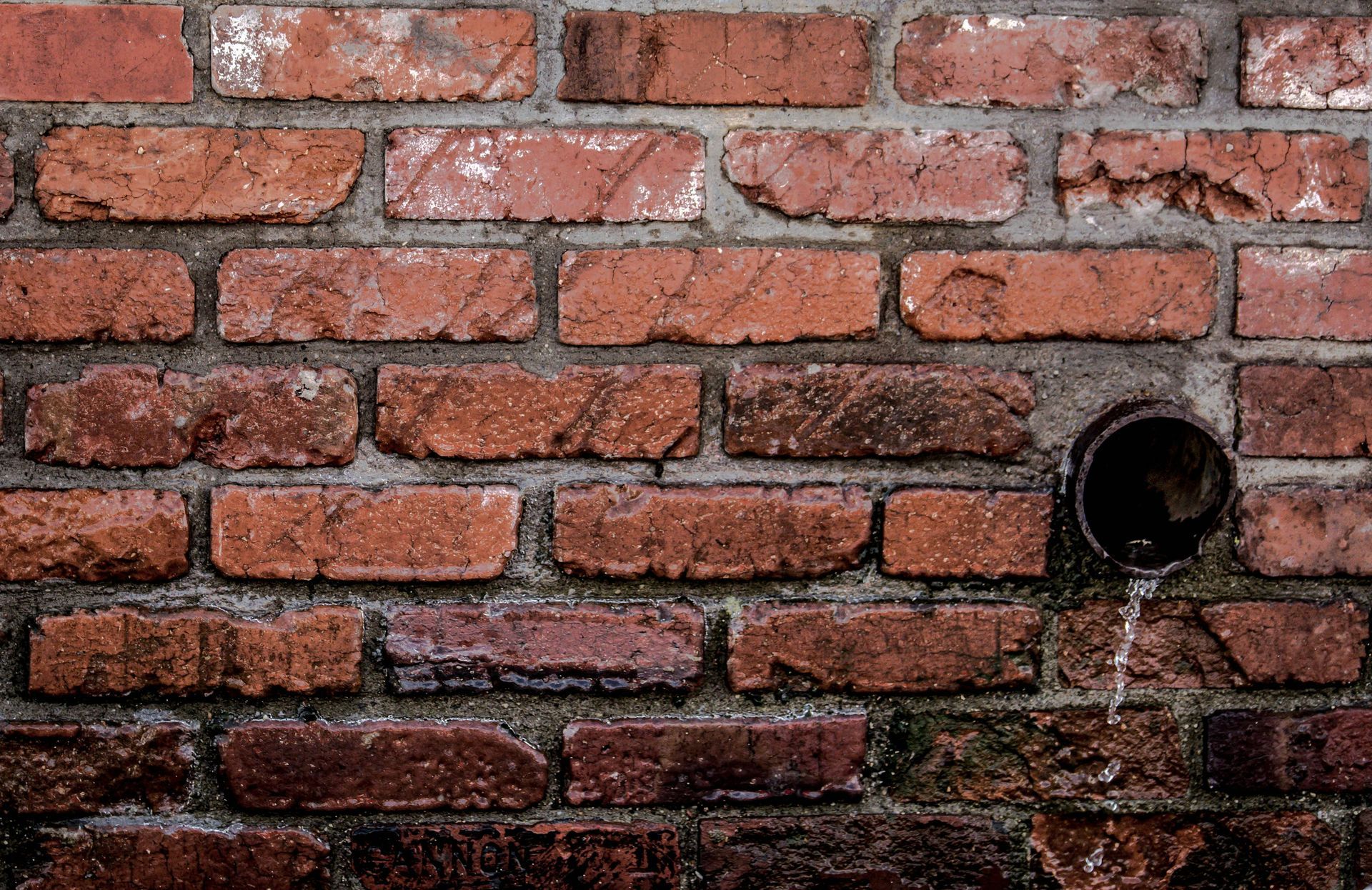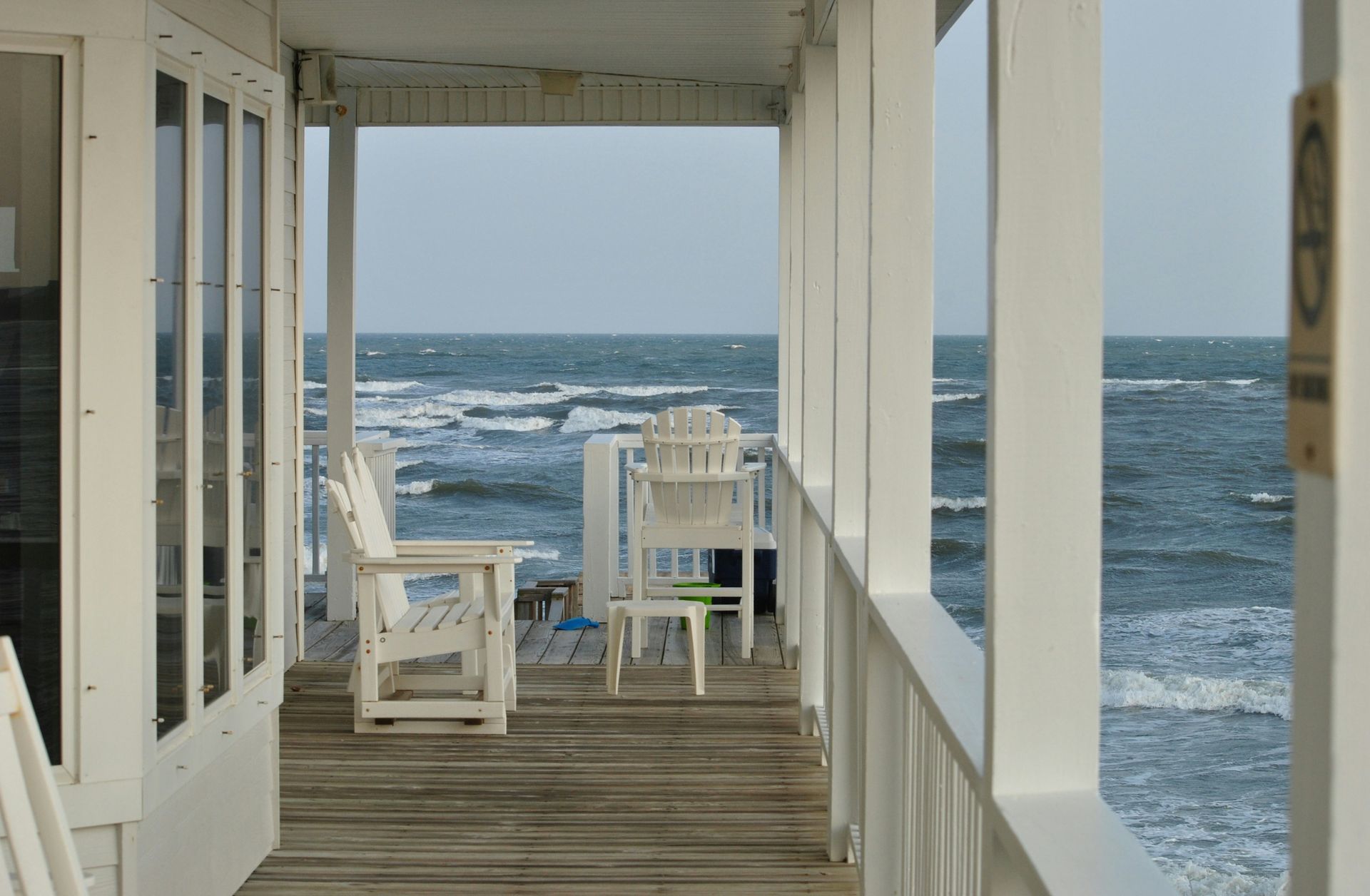What Is Hardscaping? A Quick Guide for Florida Properties
Hardscaping is all the solid stuff around your yard—think patios, walkways, and walls—that helps shape your outdoor space and handle Florida’s wild weather like a champ.
It uses materials like stone, concrete, or tropical wood that can stand up to heat and heavy rain, making your yard both stylish and functional without extra work. Plus, it boosts your home’s value and curb appeal. Stick around and you’ll see how easy it is to plan your own hardscape project.
Key Takeaways
- Hardscaping includes non-plant elements like patios, walkways, and retaining walls that enhance Florida yards.
- Durable materials such as natural stone, concrete, and tropical woods suit Florida’s climate and heavy rains.
- Hardscaping improves stormwater management, preventing flooding and soil erosion in Florida properties.
- It requires less maintenance than plants, offering long-lasting beauty and functional outdoor living spaces.
- Proper planning ensures design flow, budget adherence, and compliance with local codes for successful projects.
Understanding the Basics of Hardscaping
Even if you’ve never thought much about hardscaping before, it’s easier to grasp than you might expect.
Think of hardscaping as the non-plant parts of your yard—things like patios, walkways, and retaining walls. It’s the solid stuff that shapes your outdoor space and makes it functional and fun.
The hardscaping definition is simple: it’s all about adding those permanent structures that complement your garden and lawn. When you immerse yourself in landscape architecture, you’ll see that hardscaping plays a big role in creating balance between nature and design.
It’s like the backbone of your yard, helping plants shine while giving you cozy spots to hang out. The cool part? You don’t have to be a pro to appreciate how hardscaping works.
Once you understand these basics, you’ll feel more connected to your outdoor space and ready to make it truly yours. It’s all about making your Florida property feel like home.
Common Hardscaping Materials for Florida Homes
When you’re picking materials for your Florida hardscape, you’ll want to think about popular stone options that can handle the heat and humidity.
Concrete is another go-to because it’s tough and super versatile for patios or walkways.
And if you’re into a more natural vibe, tropical woods bring warmth and durability that fit right in with the sunshine state’s style.
Popular Stone Options
Choosing the right stone for your Florida hardscape can feel like a mini adventure—there’s a lot to pick from!
You might want to start with natural stone, which gives your space a timeless, earthy vibe. It’s perfect if you love that authentic feel and want your yard to blend smoothly with Florida’s outdoors.
Decorative pavers are another popular choice; they come in tons of colors and shapes, so you can really let your personality shine. Plus, they’re great for creating patterns or borders, making your hardscape feel like it’s got its own style.
Whether you go with natural stone or decorative pavers, these options help you create a warm, inviting space that feels just right for you and your crew.
Durable Concrete Uses
Natural stone and decorative pavers bring a lot of charm to your yard, but if you’re after something that can really stand up to Florida’s heat and heavy rains, concrete is where it’s at.
You’ll love how concrete patios offer a smooth, durable surface perfect for hanging out with friends or family barbecues. Plus, decorative driveways made from stamped or colored concrete add style without sacrificing strength.
Concrete handles Florida’s climate like a champ—it won’t crack or fade easily, even under that blazing sun.
Best part? It’s low maintenance, so you can spend less time worrying and more time enjoying your outdoor space.
When you want hardscaping that’s tough, reliable, and looks great, concrete’s your go-to buddy.
Tropical Wood Choices
Since Florida’s climate can be tough on outdoor materials, tropical woods have become a popular choice for hardscaping that lasts.
You’ll love how tropical hardwoods resist moisture, insects, and sun damage, making your outdoor space both stylish and sturdy.
Plus, when you choose tropical wood with sustainable sourcing, you’re helping protect the environment while getting top-quality materials.
Here are four great tropical wood options for your Florida home:
- Ipe – Super tough and beautiful, perfect for decks and furniture.
- Teak – Naturally oily, so it handles rain and sun like a champ.
- Cumaru – A budget-friendly alternative with great durability.
- Mahogany – Offers rich color and ages gracefully outdoors.
Pick one, and you’ll have a hardscaping feature that feels like it belongs in Florida’s sunshine!
Benefits of Hardscaping in Florida’s Climate
You’ll love how hardscaping stands up to Florida’s blazing heat without breaking a sweat.
Plus, it helps manage stormwater like a pro, keeping your yard from turning into a mini swimming pool after a heavy rain.
Best of all, it needs way less fuss than plants, so you get a gorgeous yard without spending your weekends on it.
Heat Resistance
Even when the Florida sun is blazing, hardscaping can keep your outdoor space cooler and more comfortable. Unlike grass or dirt that soak up heat and make your yard feel like a furnace, hardscaping materials control heat absorption better, especially under constant sun exposure.
Here’s why you’ll love it:
- Hardscaping surfaces reflect more heat, so your patio stays cooler.
- Stone and concrete hold less heat than asphalt, reducing that “burning feet” feeling.
- You can add shaded spots with pergolas or walls, cutting down direct sun exposure.
- Less heat absorption means your outdoor hangouts stay inviting, even midday.
With hardscaping, you’ll create a cozy, cool spot where friends and family actually want to chill, no sweat!
Stormwater Management
When Florida’s heavy rains roll in, managing stormwater becomes a serious game changer for your yard. You want to keep puddles—and problems—away, right? That’s where smart
stormwater management techniques come in.
By adding hardscaping features like permeable pavers or rain gardens, you create effective drainage solutions that let water soak in instead of pooling. It’s like giving your yard a little umbrella, but way cooler.
Plus, these techniques help prevent soil erosion and protect your plants, so your outdoor space stays healthy and inviting. When you team up with nature this way, you’re not just managing water—you’re joining a community of Florida homeowners who get it.
Low Maintenance Needs
Since Florida’s sun and rain don’t take breaks, your yard needs to keep up without demanding all your free time.
Hardscaping lets you enjoy your outdoor space with less hassle. By using native plants and smart water features, you’ll create a yard that thrives naturally.
Here’s why low maintenance hardscaping rocks in Florida:
- Native plants need less watering and fuss since they’re made for this climate.
- Hard surfaces like patios don’t need mowing or trimming.
- Water features designed for Florida can recycle water, so you save time and resources.
- Durable materials handle rain and sun without constant repairs.
With these, you get a beautiful yard that’s ready for fun, not chores.
You’ll feel right at home, sharing your space with friends and family—without the yardwork stress.
Popular Hardscape Features to Consider
Hardscape features can totally change the vibe of your outdoor space, making it both stylish and functional.
Think about patio designs—they’re not just slabs of concrete; they set the scene for your hangouts, BBQs, or quiet mornings with coffee. You can pick from sleek pavers or rustic stones, whatever feels like “you.”
Then there’s outdoor kitchens, perfect if you love cooking and want to keep the party outside. Imagine flipping burgers while chatting with friends without missing a beat.
Other popular choices include fire pits for cozy nights and retaining walls that add dimension and keep things tidy.
Pathways guide guests through your yard, while pergolas offer shade and a spot to kick back.
All these options help your space feel like an extension of yourself, a place where memories grow.
How Hardscaping Enhances Property Value
Even if you’re not planning to sell anytime soon, adding smart hardscaping can seriously boost your property’s value.
It’s like giving your home a little makeover that pays off big time. When you improve your curb appeal and property aesthetics, you’re making your space more inviting—not just for buyers, but for you and your neighbors too.
Here’s how hardscaping steps up your property game:
- Instant Curb Appeal: A neat walkway or a stylish patio catches eyes and makes a great first impression.
- Increased Usable Space: Hardscape features create cozy spots for gatherings, making your home feel larger.
- Low Maintenance Charm: Well-chosen materials save you time and money down the road.
- Boosts Market Value: Buyers love a beautiful, functional yard, so your investment often returns more than you put in.
Maintenance Tips for Florida Hardscape Projects
When you live in Florida, your outdoor spaces face a lot—from blazing sun to sudden downpours, and even the occasional hurricane tantrum. To keep your hardscape looking great, you’ve got to stay on top of maintenance. Start by checking your drainage solutions regularly; standing water can mess up your pavers and invite weeds.
Also, make sure your hardscape blends well with your landscape integration—plants and stones should complement each other, not compete. A little upkeep goes a long way!
| Task | Why It Matters |
|---|---|
| Clean debris often | Prevents stains and wear |
| Inspect drainage | Avoids water damage |
| Trim plants nearby | Keeps landscape neat and safe |
Stick with these tips, and your hardscape will stay inviting, durable, and a perfect spot for your Florida gatherings. You’ve got this!
Planning Your Hardscaping Project Step-by-Step
Since planning sets the stage for a successful outdoor space, you’ll want to take it step-by-step to avoid surprises down the road.
Think of your hardscaping project like a fun puzzle—getting each piece right makes the whole picture pop. Start by considering your design considerations, like how your space flows, the style you love, and what fits Florida’s vibe.
Next, set a realistic project budgeting plan; knowing what you can spend saves headaches later. Don’t forget to check local rules or HOA guidelines; you want your new space to be a welcome addition, not a problem.
Finally, gather your team—whether you’re DIYing or hiring pros, clear communication is key.
Here’s your checklist:
- Nail down design considerations that suit your lifestyle and Florida’s climate.
- Create a budget that covers materials, labor, and a little wiggle room.
- Review local codes and get any needed permits.
- Choose your crew and set a timeline you can stick to.
You’ve got this!
Frequently Asked Questions
Can Hardscaping Be Combined With Florida-Friendly Landscaping Plants?
You can definitely combine hardscaping with Florida-friendly plants, boosting hardscaping benefits like durability and style while ensuring plant compatibility. This creates a welcoming, sustainable space where you truly belong with nature’s beauty and resilience.
Are There Local Regulations for Hardscaping Near Florida Wetlands?
Did you know 40% of Florida’s land includes wetlands? You’ll need to follow wetland regulations and get hardscaping permits to protect these areas. Staying informed helps you join others committed to preserving Florida’s natural beauty.
How Does Hardscaping Impact Florida Homeowners Insurance?
You’ll find that hardscaping can boost your property value, which often lowers insurance premiums. By enhancing curb appeal and drainage, you’re joining neighbors who protect their homes and enjoy better coverage together.
What Are the Best Times of Year for Hardscape Installation in Florida?
You know what they say, "Timing is everything." Considering seasonal considerations, you'll find Florida's dry season ideal for your hardscape installation timeline, ensuring a smoother process and lasting results that truly make your space feel like home.
Can DIY Hardscaping Projects Work Well in Florida’S Sandy Soil?
You can definitely tackle DIY techniques in Florida’s sandy soil, but you’ll need proper soil stabilization and drainage methods. Join local gardening groups for tips—they’ll help you create lasting, beautiful hardscapes that thrive in your unique soil.
Final Thoughts
So, think of hardscaping like the trusty sidekick to your Florida home’s outdoor story—adding style, function, and a little extra value. With the right materials and a bit of planning, you’ll turn your yard into a cool, low-maintenance haven that stands up to sun and rain.
Just like a good friend, it’s there when you need it, looking great and making life easier. Ready to dig in? Your
dream yard’s waiting!
Reach out to us today.
